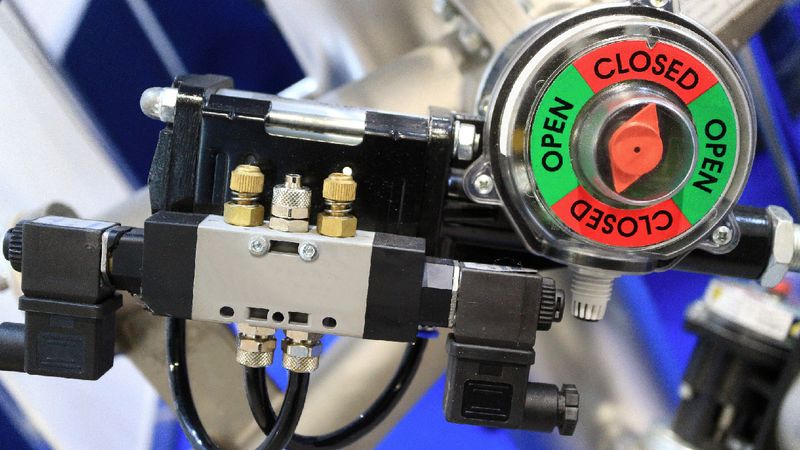What Are NAMUR Valves?
Depending on the circles you move in, it's not unusual to hear the question, “What are NAMUR valves?” NAMUR is one of those strange acronyms that appear to bear no relationship whatever to their meaning.

What Are NAMUR Valves?
Tags
This article was first published on
www.rowse.co.ukToday, it represents an international association of member companies in the process industries. The association publishes informative worksheets and recommendations on automation technology. These recommendations are used in the drawing up of process industry standards and are universally recognised. The association was originally founded in Germany in 1949 and had an immensely long title; the letters NAMUR headed some of its component words. Its modern name is the User Association of Automation Technology in Process Industries.
Usage
NAMUR standards apply to various process control elements, including sensors, digital interfaces, valves, and their mountings. NAMUR valves are used as pilot valves to control the actuator in many flow processes. These include dosing and releasing, mixing and distributing, and shutting off the supply of gases, liquids and bulk materials, such as powders or grains. They are widely used in many industry sectors, including water/wastewater, food processing, biotech, pharmaceuticals and chemicals.
NAMUR valves are highly reliable, with a long service life. They provide fast and safe switching in a compact design, which can be directly mounted in any position on a NAMUR mounting plate or interface. Multiple valves can also be mounted on a manifold to supply a number of process control actuators. NAMUR valves demand low control power, and offer good medium compatibility between the process materials. They are often designed with a spring return to provide fail-safe operation in the event of unexpected power loss, and may be protected for outdoor use with a screened exhaust nut.
How Does A NAMUR Valve Work?
The switching function of the NAMUR valve is mechanical, but this mechanism needs to be driven. While solenoid electromechanical NAMUR valves are common, pneumatically operated solenoid valves are also manufactured by such preferred suppliers as Festo, Camozzi and Pneumax. The NAMUR valve opens or closes the ports to control the actuator. It can have a varying number of states and connection ports, including 3/2-, 5/2- or 5/3-way valves.
In a 5/2-way pneumatic valve, for instance, there are five ports. One port is for the incoming pressure, two are connected to the actuator, and two are for exhaust. The valve can also be in a choice of two or three states; flow control with a 2-state valve can be either on or off, while a 3-state valve can switch between two outflow ports.
NAMUR valves can be used in a variety of pneumatic and hydraulic systems to control actuators, larger industrial valves or fluid power motors. They come in a range of sizes, including compact in-line versions which can be used individually or in a manifold. These provide high flow rates for their small size. The standard interfaces of NAMUR valves and direct mounting make them simpler and faster to install than integrated pneumatic solenoids, and therefore help to reduce installation costs. There is also less damage to pipelines, and more room for installers to refit the other components.
This article was originally posted at https://www.rowse.co.uk/blog/post/what-are-namur-valves
Tags